How to Make Purple With Redblue Food Coloring
HOW TO MAKE PURPLE WITH FOOD COLORING?
by [email protected] | Last Updated: March 1, 2021
Painters aren't the only ones who work in palettes; bakers do too. A baker's job includes mixing and matching color combinations and achieving the customer's desired color. Initially, having the primary colors of food coloring—red, blue, green, yellow—can bring you to a whole spectrum of colors, including purple.
The royalty vibes that purple gives off can ultimately range from lavender purple to the majestic purple that most of us love. Pastries decorated with these colors are perfect for weddings, advent, and lent season. It's also perfect for celebrations including finances and technologies.
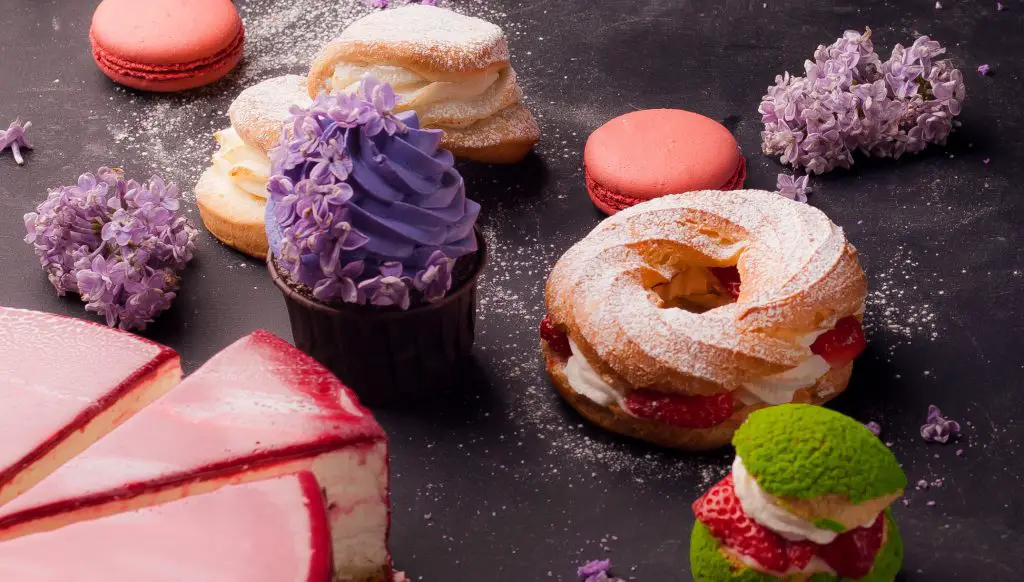
Kinds of Food Coloring
Before diving into the intricacies, it's best to decide on the kind of food coloring that you'll be using. There are many food coloring types with different characteristics that may or may not suit you or the people who'll taste your recipes. Here are some basics and short descriptions for each kind:
- Traditional Food Coloring (Liquid Dye). Usually made with synthetic dye with a water base, it's best for beginners and typically inexpensive. It isn't ideal for large pastries or servings because you may need more bottles to create a rich and vibrant color.
- Liquid Gel Dye. Like the traditional one, liquid gel dye is sold in small bottles but with glycerin or corn syrup added. It is perfect for creating vivid colors because of the concentrated dye. The only downside is it isn't much available everywhere, and it can be challenging to find. It also doesn't stick to doughs, so it's better to use for icing and frosting.
- Gel Paste Dye. Found in specialty stores, gel paste dye is almost like liquid gel dye except that it's very thick and doesn't allow much for trial-and-error. It's suitable to create deep colors.
- Natural Food Coloring. These are food colorings extracted from plant and animal sources and are great for anyone who is allergic or doesn't want synthetic dye. Used drop by drop, these food colorings can sometimes add flavor to the pastry.
- Powdered Dye. They are like liquid dye but in powdered form and are opting for sensitive foods to any liquid. It can be combined to clear alcohol for paint-like consistency and can produce a deep color.
Making Purple Food Color
One of the best choices for debuts, weddings, and anniversaries, the color purple is sophisticated enough to spark joy in everyone's eyes. Although you can always drop by a baker's shop or grocery to buy the perfect dye, there are always situations where you need to mix and create the food coloring by yourself. Shades of purple vary, and you must keep your desired shade in mind throughout the process; this determines when to stop and when to mix the food coloring into the pastry.
Using Traditional Dyes
These dyes include using liquid dyes and gel food coloring. Purple stems from blue and red (in some cases, pink). These are the two food colorings that you need to prepare for the creation of purple food coloring. Gel food colorings are usually more intense than traditional ones, so it's best to start with tiny amounts. You may also prefer to have a drop stopper to count the number of drops per color. As this can be tricky and the ratios are only estimates, try to make test trials before testing it out with your pastry.
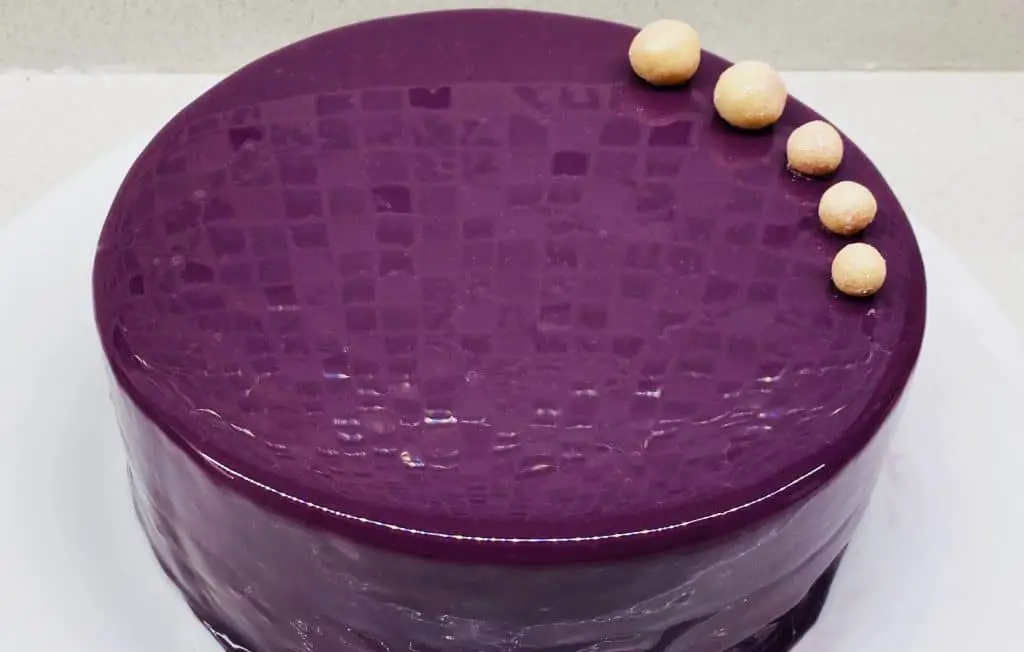
- Drop the red food coloring. Several drops of red or pink are a good start; it's advisable to count it. If you are making frosting, mix the colors directly, but it will require additional stirring for the colors to blend.
- Add blue food coloring. After putting in the red food coloring, add an equal amount of blue food coloring to it. Mix it with a spoon until the purple shade comes out.
- Another method. If purple doesn't come out on the mixture, you can start again with 12 drops of pink food coloring and add two drops of blue food coloring. Stir until purple comes out.
- Put it in the pastry. Get a small amount of the mixture into the food that you're coloring. Note that a larger ratio of powdered sugar can make a soft lavender shade. You can always add more red-blue blend for a darker hue. For burgundy, you can add more drops of red.
For guidance and better accuracy, here are estimated drop ratios for different shades of purple:
- Basic Purple. Fifteen drops of blue food coloring and 80 drops of red food coloring.
- Grape. Twenty drops of blue with 115 drops of red food coloring.
- Dark Purple. Thirty drops of blue with 130 drops of food coloring.
Using Natural Dyes
Food coloring can be made from bountiful gardens instead of going out to buy in a store. Proper knowledge of preparation and creation is all you need. For purple food coloring, several nature wonders can give us the color we desire. Take note that these ingredients can affect the taste, and the shade also varies. Here are some of them and their preparations:
- Blueberries. Contrary to its name, blueberries give off a purple hue. If you have a high-speed blender or food processor, you can blend the blueberries and water them until they have a smooth texture. Strain blueberry skins from the mix and store them in an airtight container for up to 2 weeks in the refrigerator. Another method to create purple dye from the fruit is to combine 2 cups of blueberries and ¼ cup of water and simmer them on medium heat. Simmer it until the berries break down, mash them, and strain the liquid. Return the blueberry juice to a pot and simmer again. Transfer it into a container and cool.
- Purple Cabbage. An easy way to make purple dye by only boiling the cabbage into the water. You can also tear the cabbage leaves for the water to absorb more color.
As these natural food colors tend to be light in hue, you can make more batches and add them as you like in your pastry. Suggestively, you can use measurements too for better control on it.
Key Takeaways
Purple is a rich and magnificent color that bakers can use in their daily menus. It is a combination of blue and red (sometimes pink), and blending equal amounts can give you the result you needed.
Blueberries and purple cabbage can also help create a purple dye; not only are they natural, but they can also add flavor to your pastries. Here are some videos in making natural food coloring:
More Pastry Techniques and Recipes:
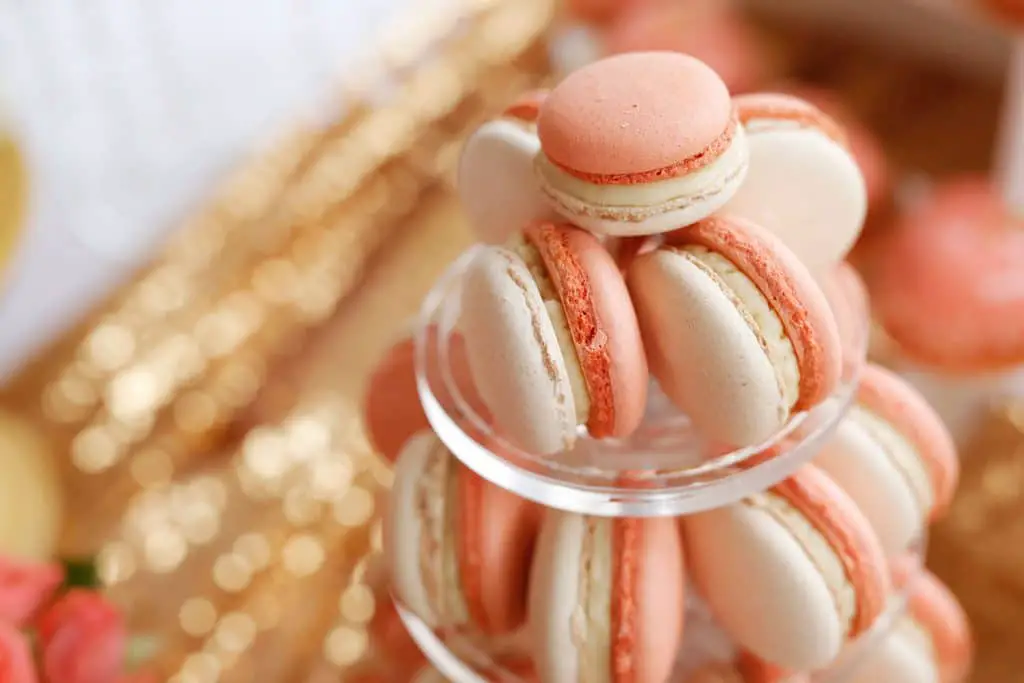
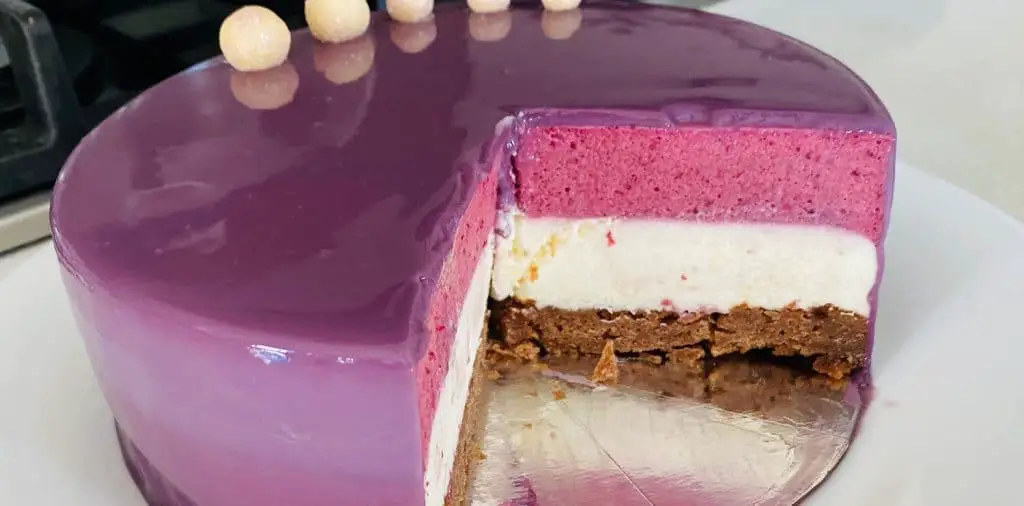
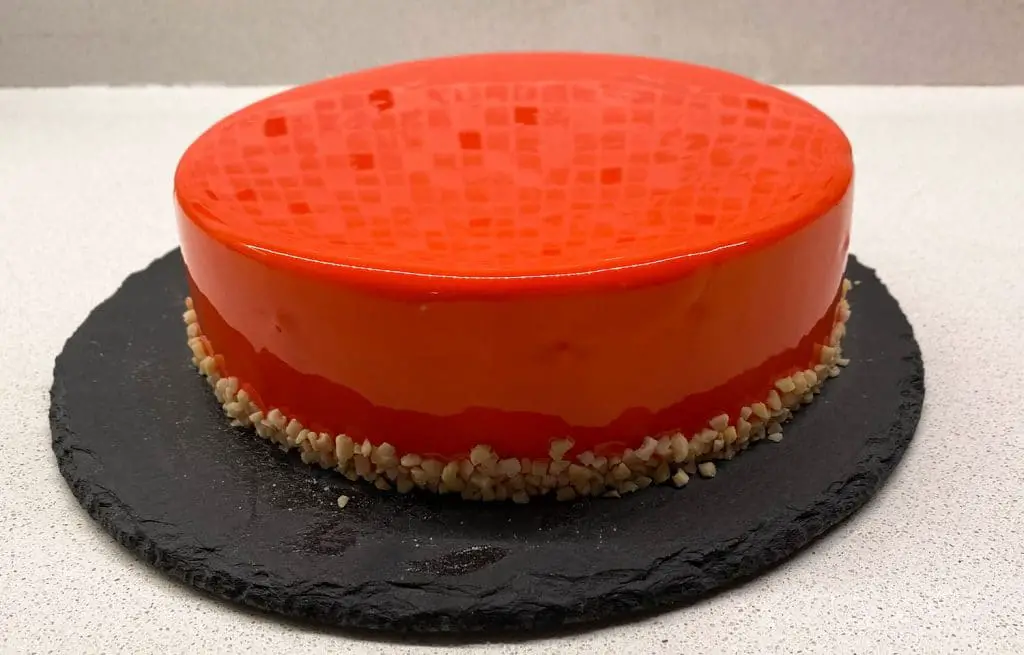
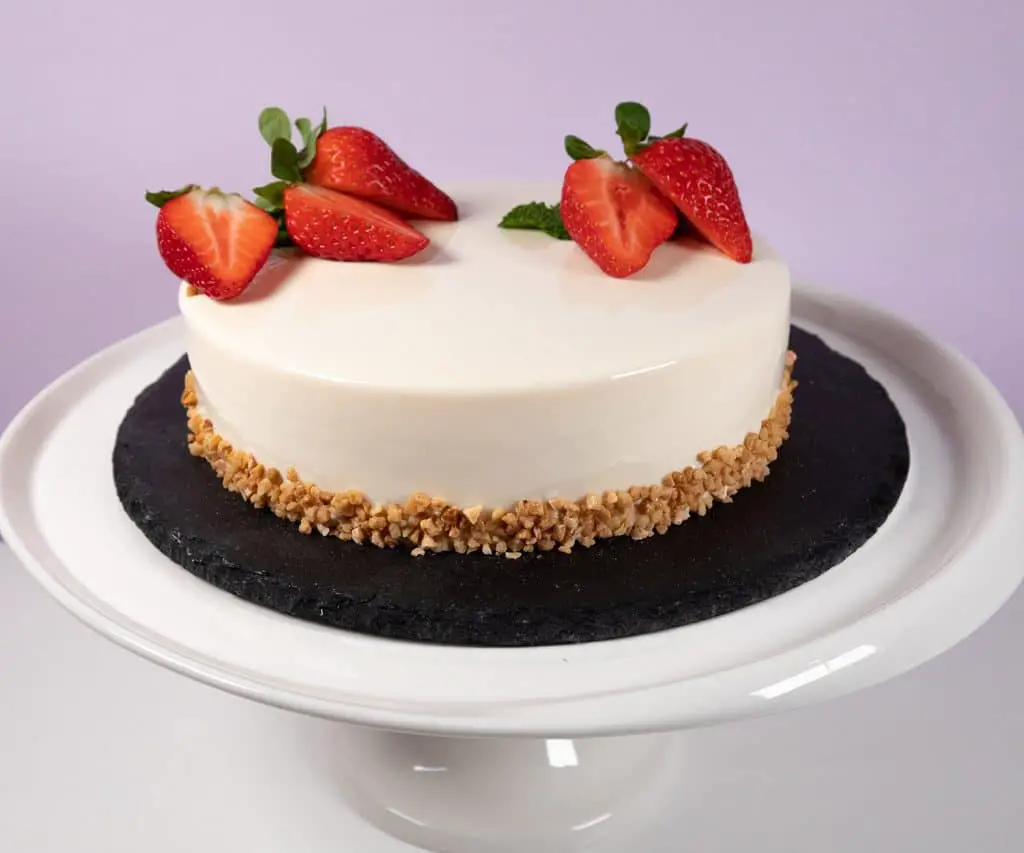
Source: https://pastrylogic.com/how-to-make-purple-with-food-coloring
0 Response to "How to Make Purple With Redblue Food Coloring"
Postar um comentário